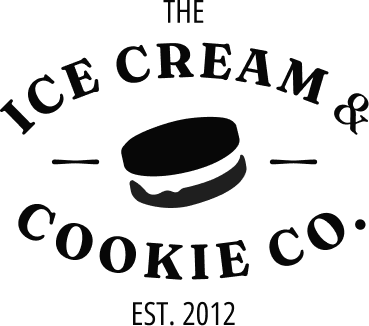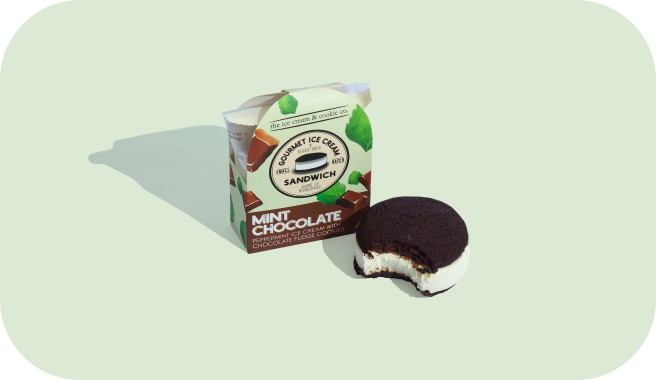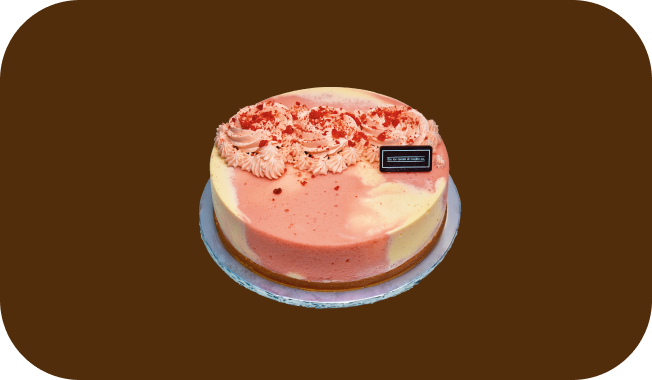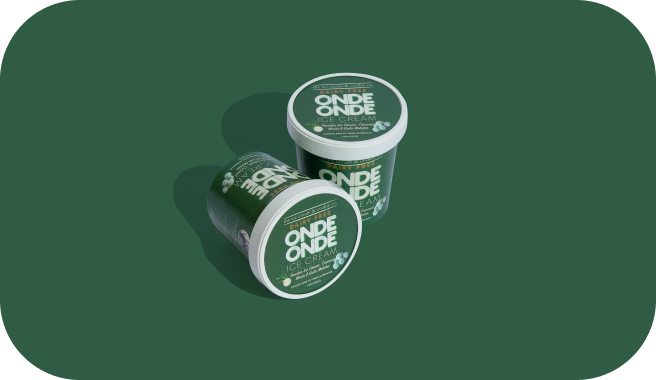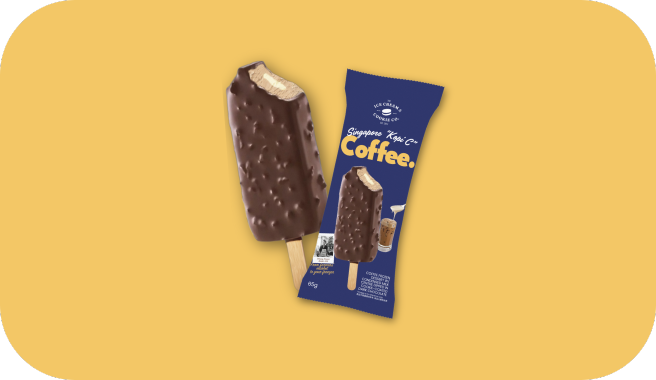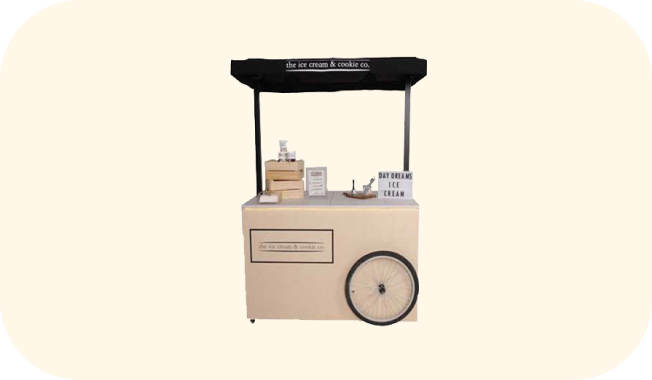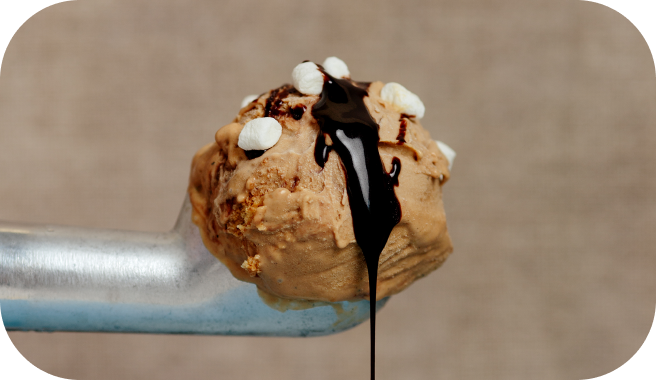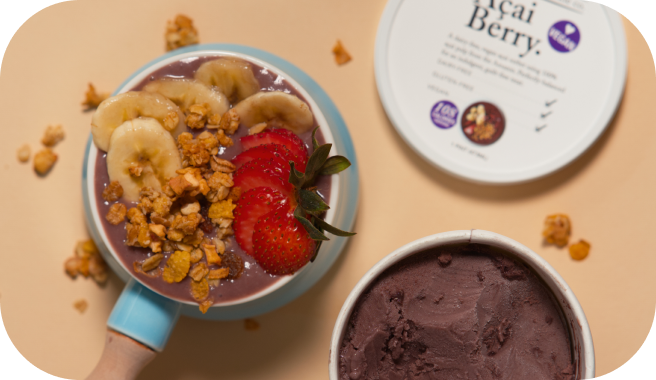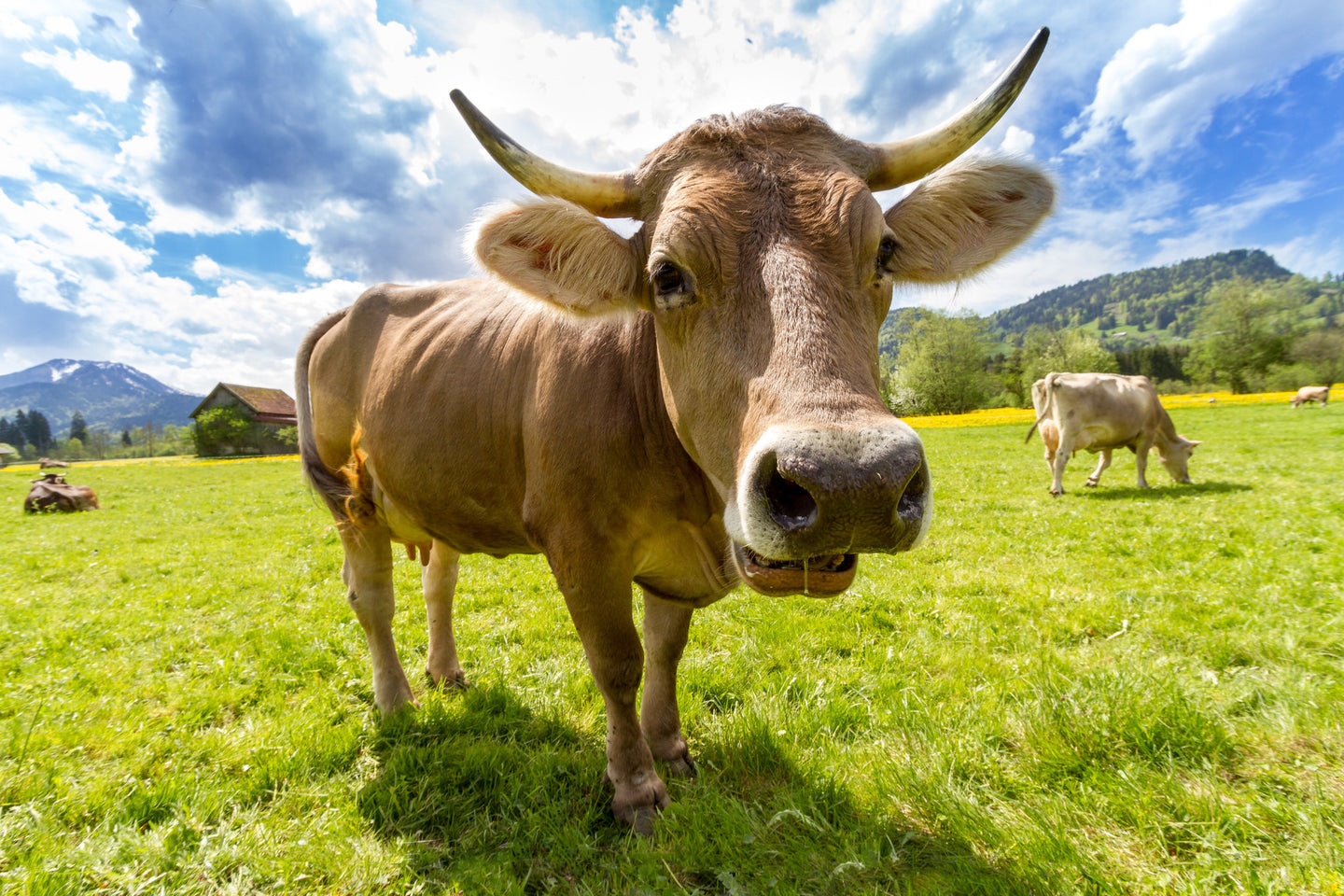
Milk and cream right? We thought so too, when we first started out in the ice cream industry.
Surprisingly, a walk down your supermarket frozen aisle tells a different story. Many ice creams don't even have dairy in them - in Singapore, the AVA Food Regulations define "ice cream" as the frozen preparation of milk or cream products, in which part or all of the milk fat may have been replaced by other edible fat or oil.
In short, manufacturers can replace dairy fat with substitutes like palm or hydrogenated vegetable oils. Why? They're cheaper. Vegetable oils cost easily half (or even less) than dairy fat.
What is gained in attractive prices however, is lost in taste and quality. Oil can never compare to the gorgeously creamy taste of real dairy ice cream. Hydrogenated oils are widely agreed to be the worst type of fat, as they contain transfats, which have been linked to increased risks of certain diseases (American Heart Association, Harvard Medical School findings).
That's why we use only 100% dairy - no substitutes - in all our ice cream and gelato products. We're also conscious about sourcing good quality dairy - for instance, our milk is from Australian dairy farms with free-range cattle.
So next time you're browsing for a frozen treat, watch out for oils (especially the hydrogenated kind) lurking on ingredients labels.

